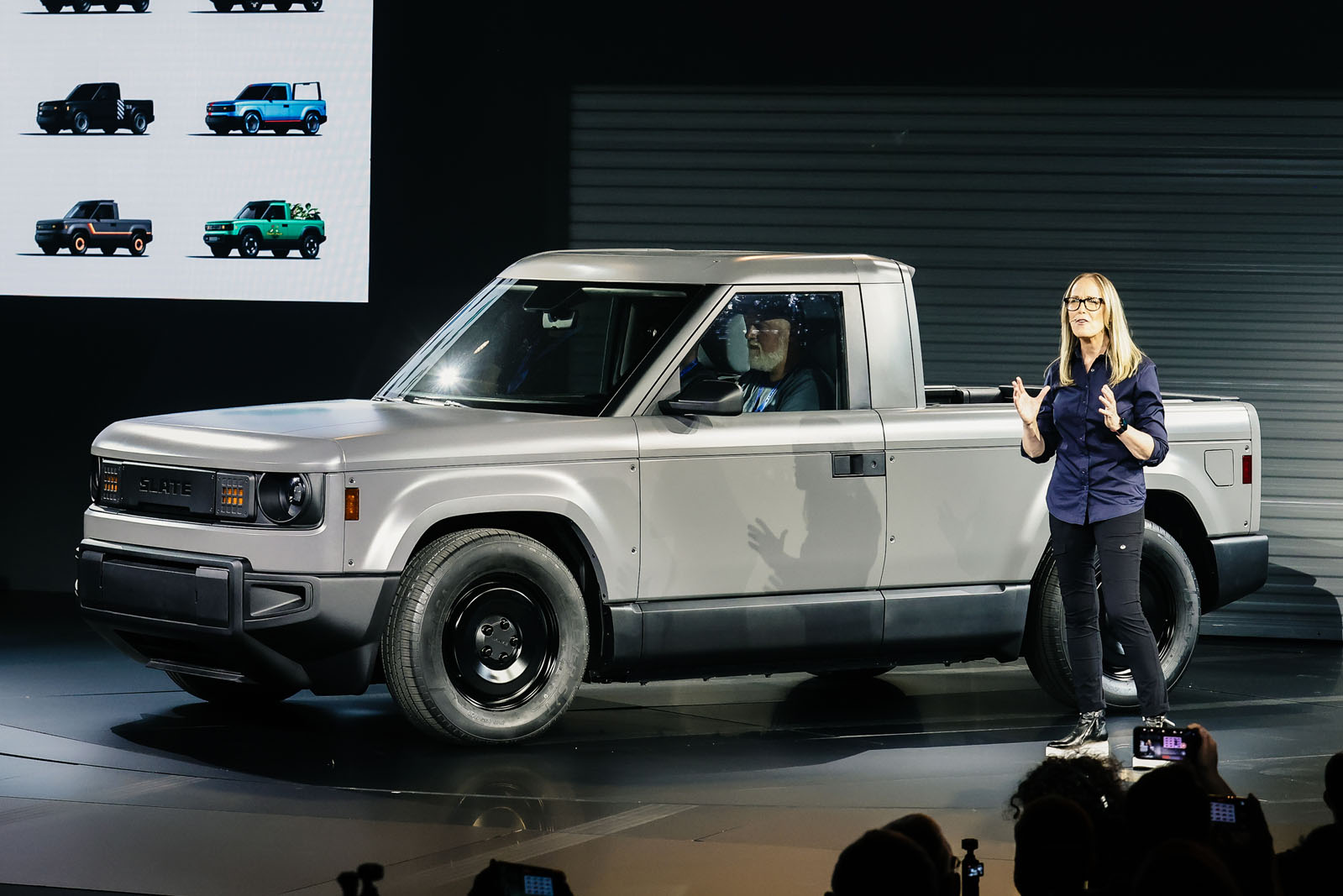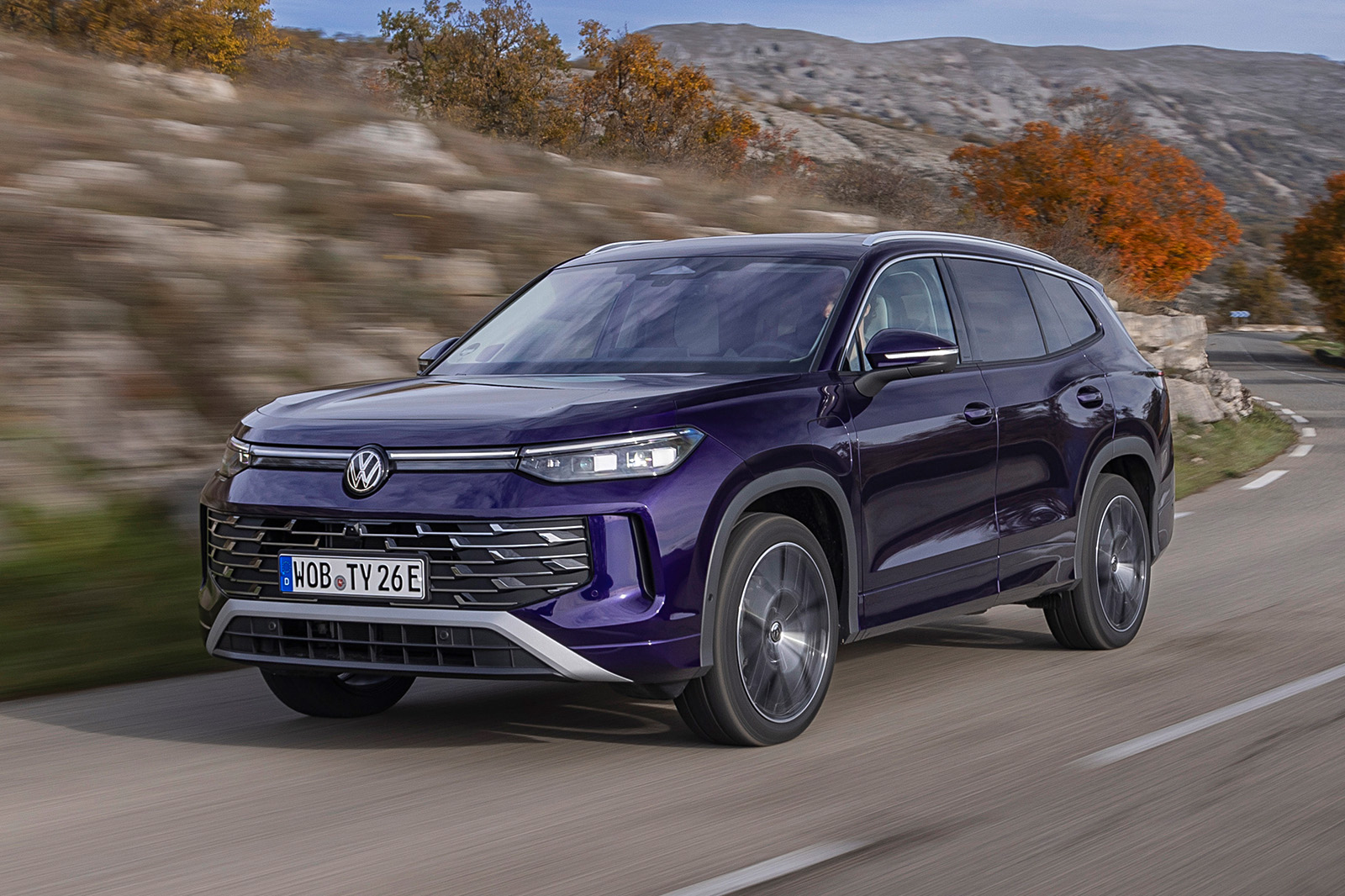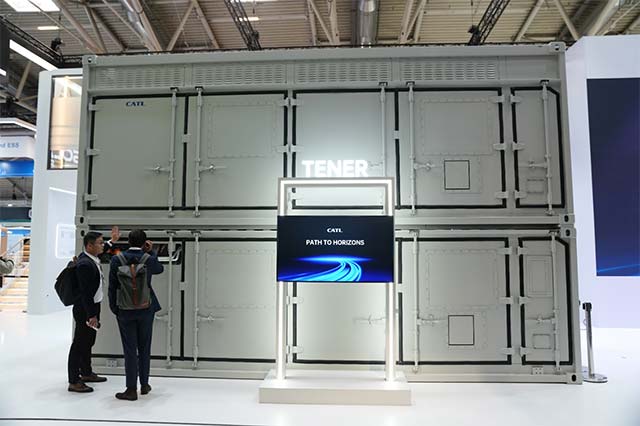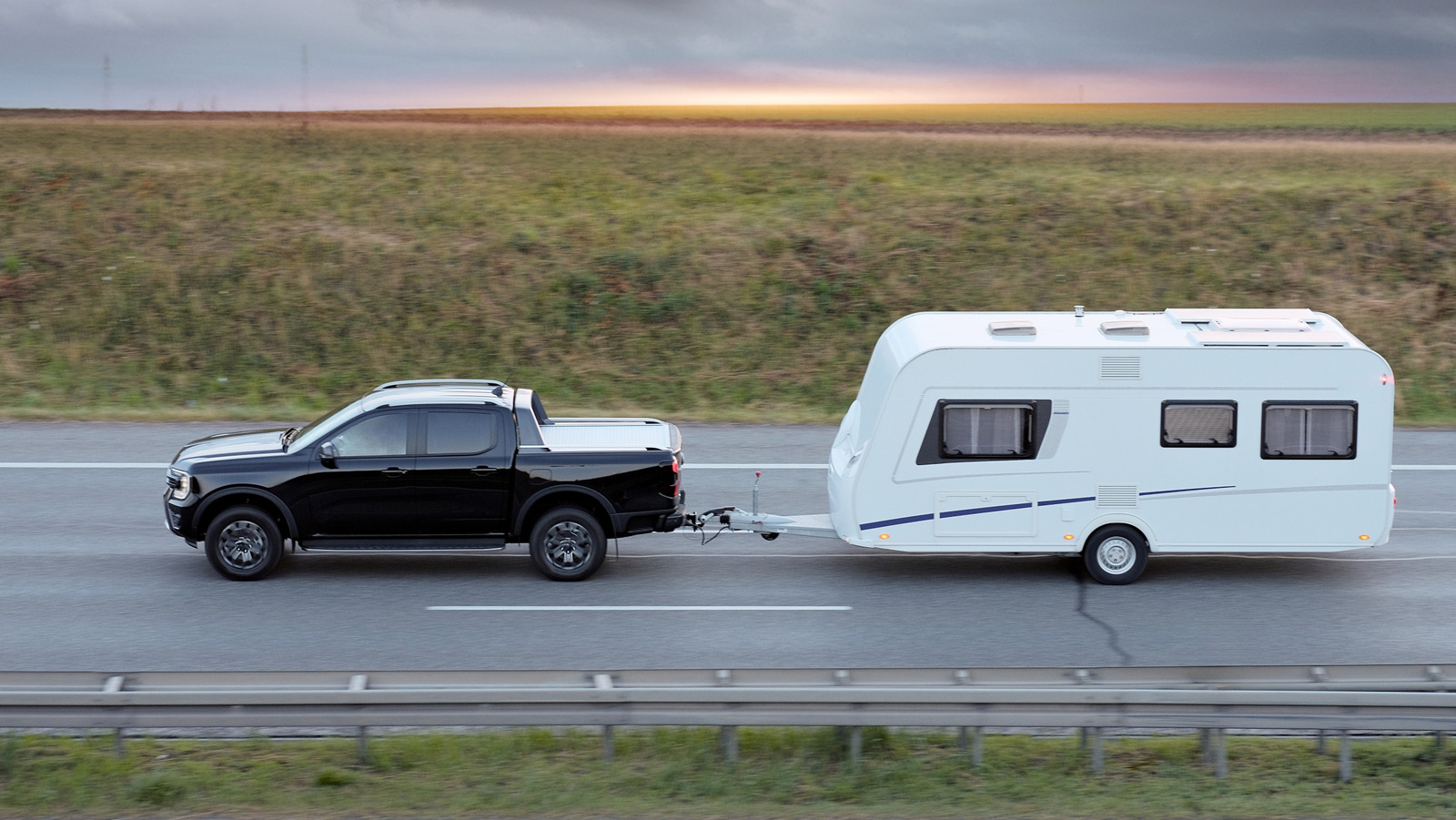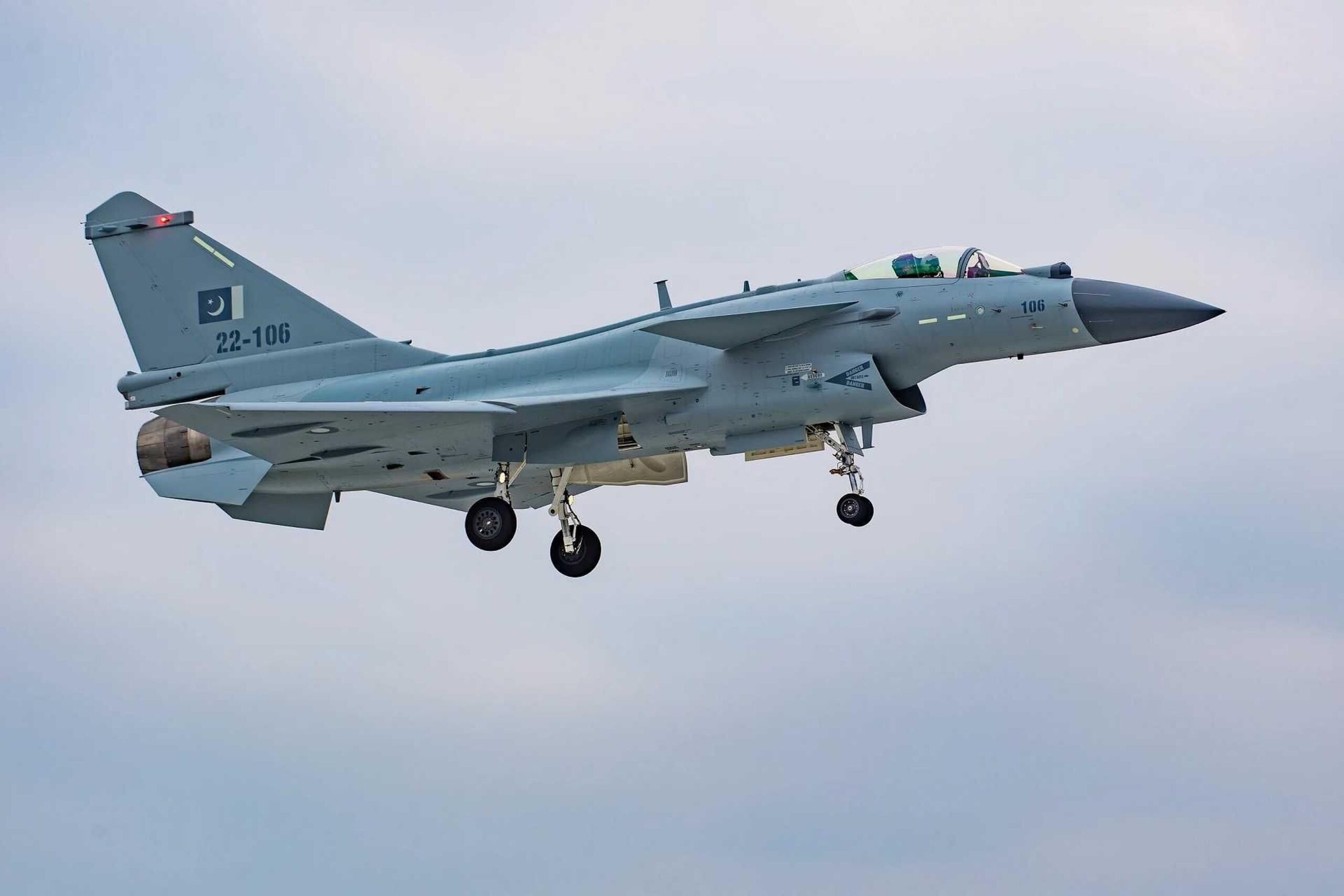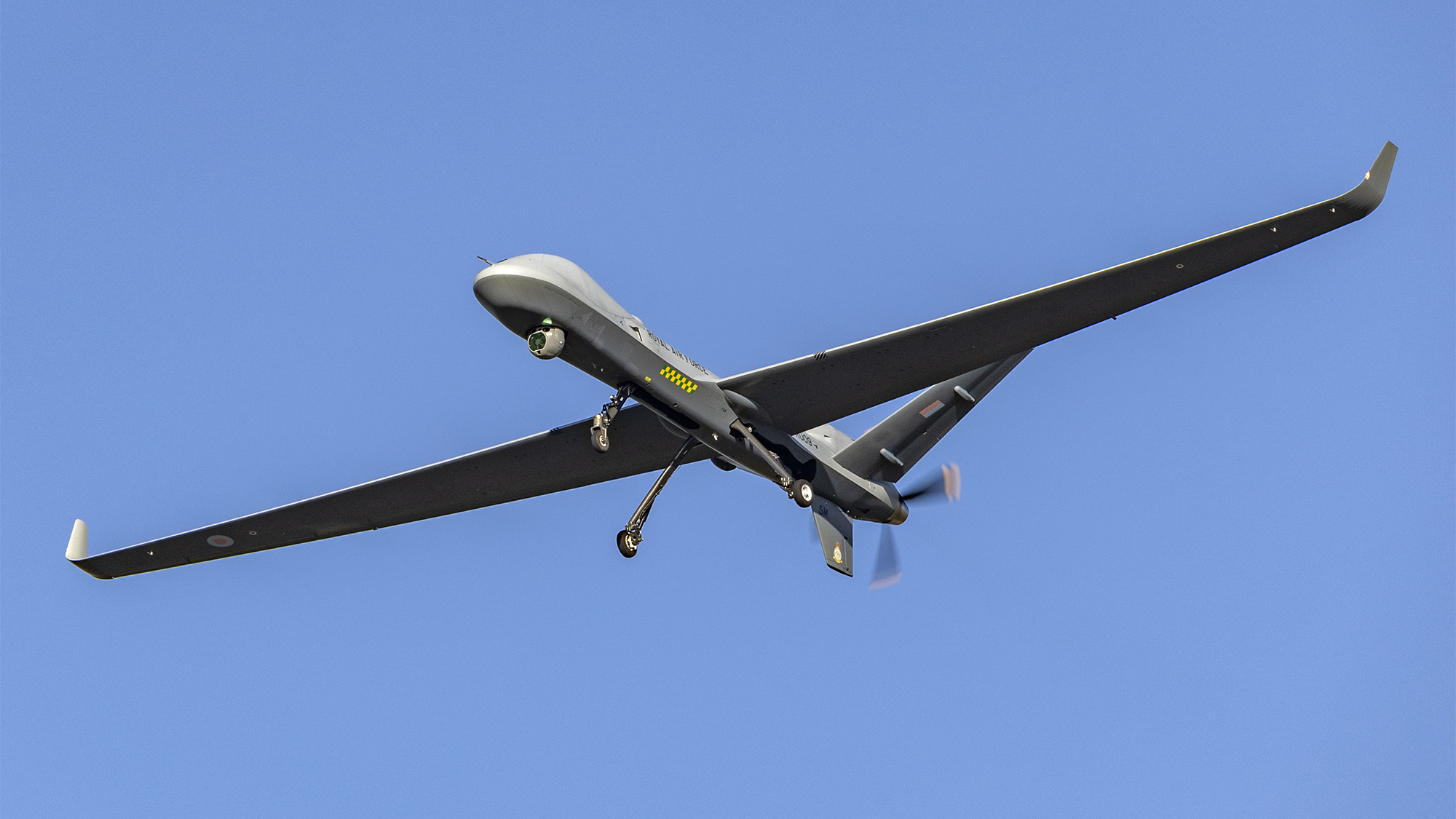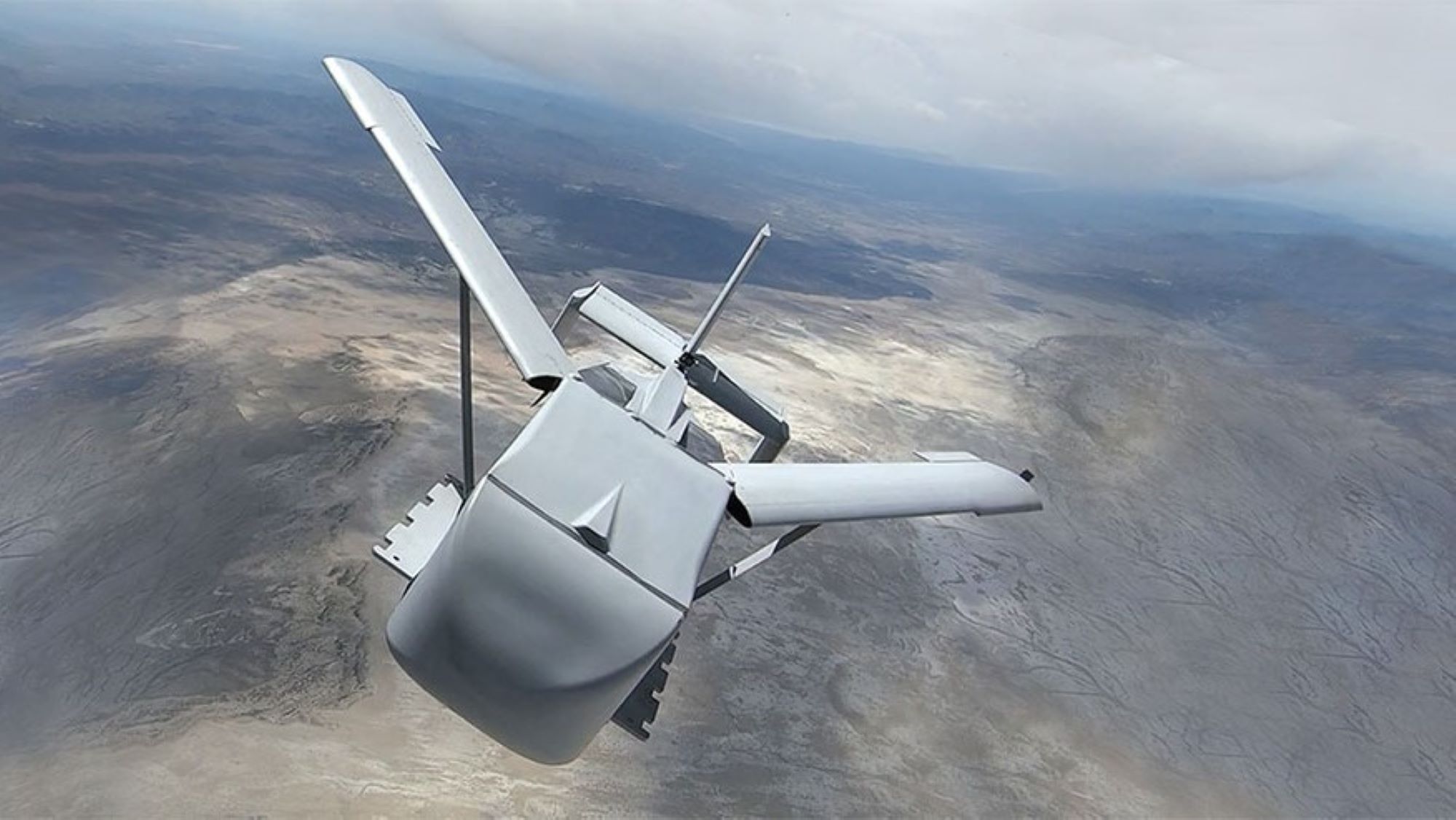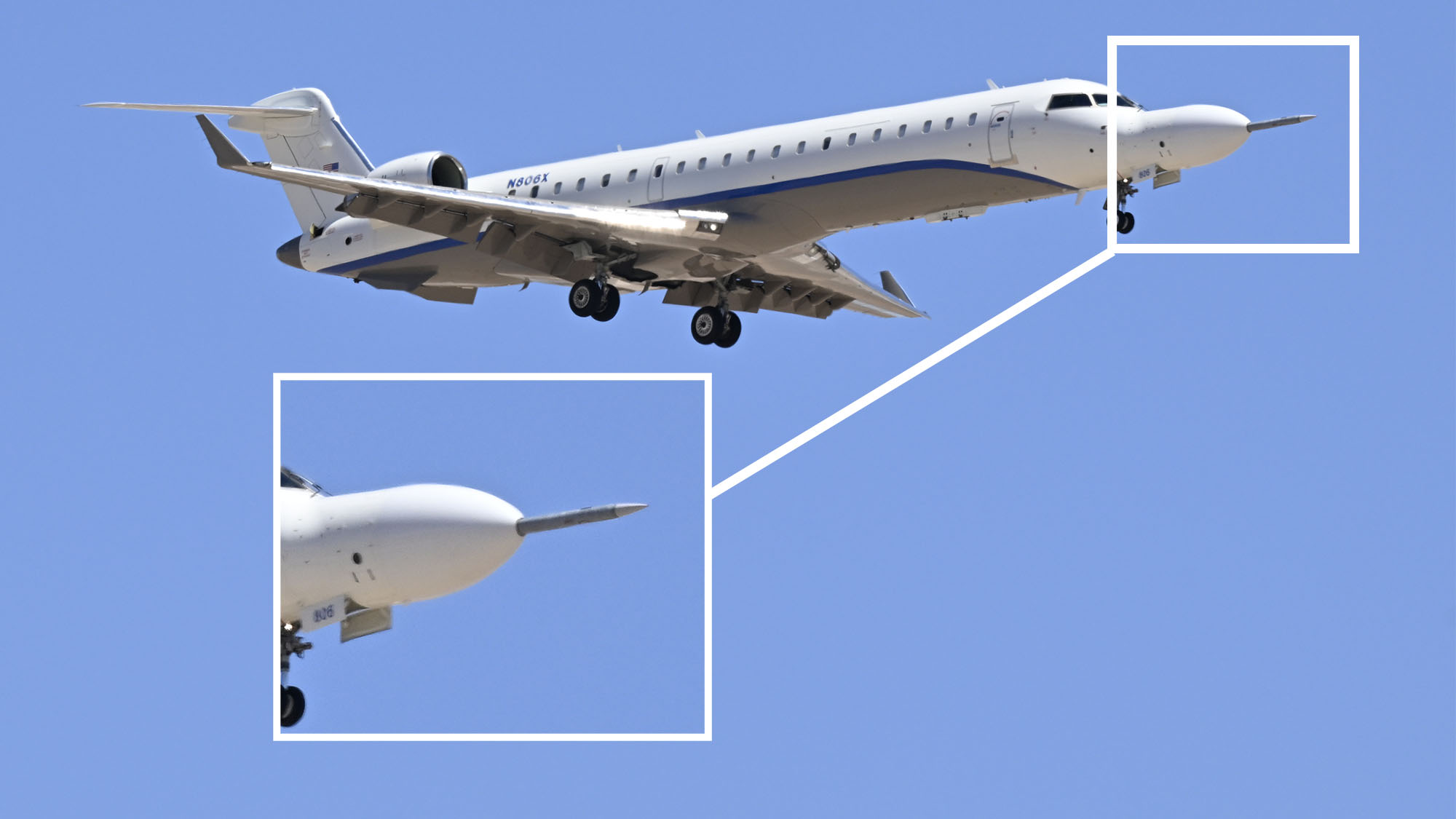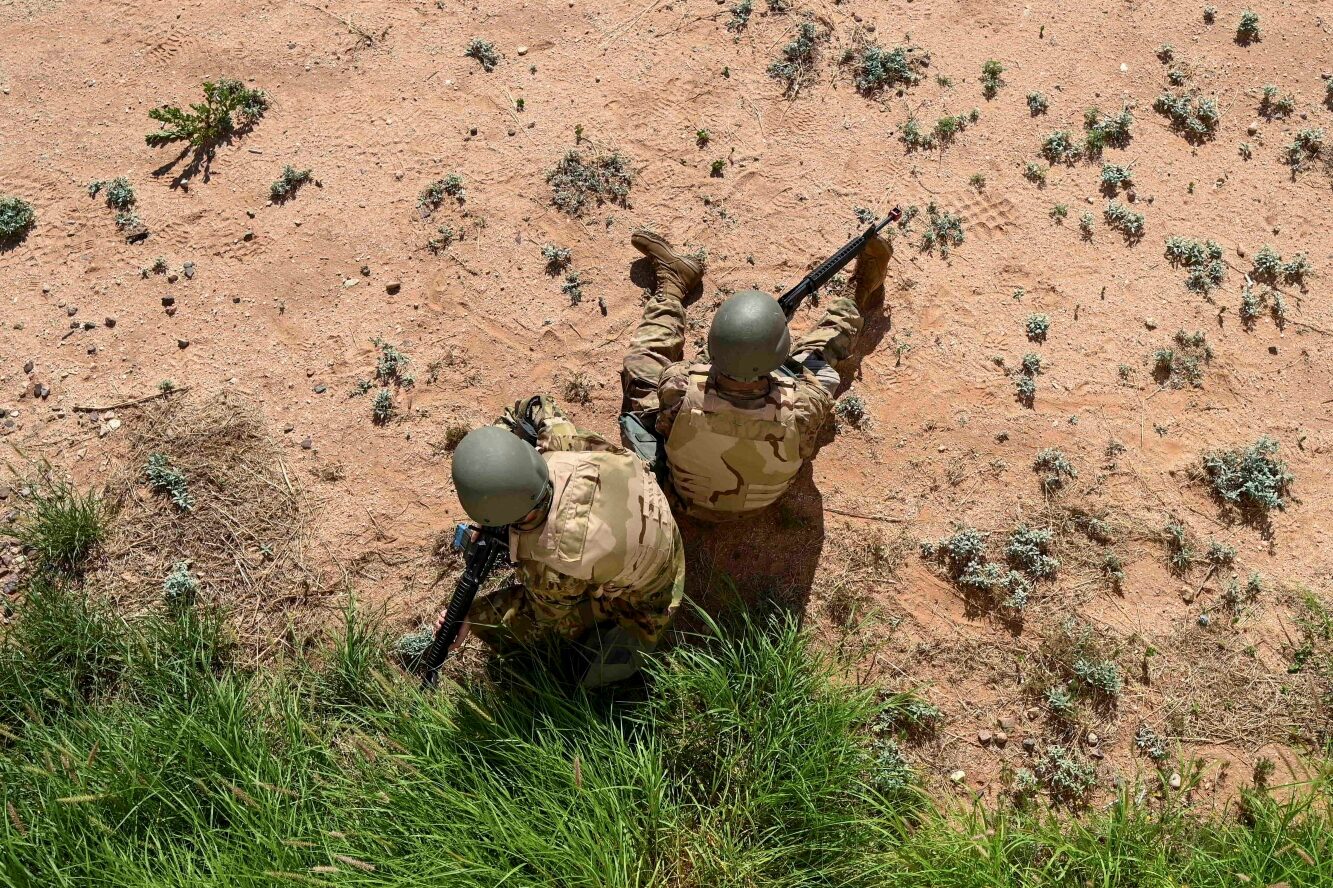The AH-64 Apache in the drone era
[Sponsored] The AH-64 Apache continues to lead on the modern battlefield by integrating advanced unmanned systems and countermeasures, ensuring unmatched flexibility, survivability, and effectiveness against evolving drone threats and supporting future Army operations.


Boeing is actively demonstrating the integration of Launched Effects on the Apache to enhance its lethality and sensing capabilities into the future, from today’s E-model to the Modernized Apache concept. Credit: Boeing image.
AH-64 Apache operators around the world are faced with unique challenges as they move fast to meet emerging threats. Nowhere is that more apparent than the ongoing conversation about unmanned aircraft systems (UAS). With demand for the modern E-model Apache as strong and persistent today as ever, allied forces are evaluating how to integrate UAS to get more out of the world’s most advanced attack helicopter to maintain dominance on the battlefield.
Why?
The Apache is a dominant force, operationally proven, mature and low-risk. It’s clear that no drone can do what the Apache can do, yet as new technology matures, a hybrid solution of manned and unmanned systems working together can provide increased lethality, reach, situational awareness and survivability for warfighters to achieve their missions.
Throughout history, nations have rarely fought the type of conflict they planned and trained to fight. Even today, Tactics, Techniques and Procedures (TTPs) evolve in real-time and Apache pilots must adjust and improvise on the battlefield. That’s how the Apache has proven its value in counter-insurgency environments. Similarly, complementary unmanned systems must take cues from humans in the loop to provide the flexibility needed for ground commanders to win the fight. The Apache will serve as the quarterback of the battlefield, providing the real-time adaptability and intuition of a pilot combined with the strike and reconnaissance capabilities of UAS platforms to win the war of tomorrow.
What’s next?
Launched Effects
Manned-unmanned teaming (MUM-T) was operationalized on the Apache more than a decade ago and has been a consistent focus ever since. Key to the future fight, Launched Effects (LEs) – unmanned, attritable and autonomous or semi-autonomous vehicles – are being developed to integrate specifically with attack helicopters to support a variety of missions.
As the U.S. Army works with industry to pursue LE solutions, Boeing is demonstrating how its Open Systems Interface (OSI) enables the integration of LEs onto today’s E-model Apache, the world’s most dominant attack helicopter. Combined with LEs, the Apache will extend the eyes, ears and reach of pilots in complex environments, increasing global strike capabilities for the Army and Joint Force.
Boeing has demonstrated a crew interface to manage LEs from an Apache, with plans this fall for an additional demo using Apache hardware in its avionics integration laboratory. In 2026, the company will demonstrate the capability on an operational aircraft.
Counter Measures
Historically, developing counter measures to deter new capabilities is a strong suit of the U.S. Army. Along with LE capabilities, the Army is currently demonstrating counter measures to combat the proliferation of drones on the battlefield. The Joint Counter-Small Unmanned Systems Office (JCO) hosted a successful fifth demonstration last year, where nine systems defended an area against a swarm of drones.
In their own words: “The challenge of the profile really meant that no one characteristic, no one capability, whether kinetic or non-kinetic, in itself could really defeat this kind of a profile. So what we saw was that you really do need a full system-of-systems approach, a layered approach, because we’re talking about a very large profile, 50 or more [threats] … coming out from different angles, different speeds and different sizes.”
COL Michael Parent, JCO Acquisition Division chief, in “Joint Counter-Small UAS Office conducts successful counter drone-swarm demonstration.”
This means two things:
- Warfighters can’t solely rely on drones, because there will be technology to defeat them. That technology already exists in some places.
- Human-controlled systems, like the Apache, are critical enablers to counter-UAS capability because many of those counter measures are designed to be operated by or integrate with them.

The latest AH-64E Version 6.5 demonstrates the Apache’s ability to absorb new capabilities today. Credit: Boeing photo.
The Apache has proven itself to be formidable against drone threats. In 2024, during U.S. and Saudi Arabia exercises, Apaches neutralized a drone using AGM-114 Hellfire missiles, a new use case for the air-to-ground weapon. Further, the Army and Boeing’s focus on implementing a Modular Open Systems Approach (MOSA) paves the way for future technologies and capabilities, like counter-unmanned aircraft systems (C-UAS), to be seamlessly and rapidly integrated onto the Apache.
Lessons Learned
When taking lessons from current conflicts, it’s important to remain nuanced. Different terrain calls for different tactics; different adversaries require different considerations. Apache attack helicopters and unmanned systems play different roles in those conflicts, and there’s a requirement for both.
In their own words: “Since the beginning of the war, attack helicopter squadrons have been engaged in high-quality and significant operational activities, including support for ground forces and neutralizing enemy threats.”
Israel Defense Forces statement in “Defense officials warn of lengthy procurement process for new attack helicopters.”
The AH-64 Apache remains an unparalleled asset in modern warfare, adeptly navigating evolving threats while integrating with emerging technologies. Combining the flexibility of a manned system with unmanned capabilities maximizes operational effectiveness. This asymmetric advantage ensures that the Apache will continue to play a vital role in Army operations for decades more to come.
Learn more: Boeing is modernizing the Apache’s capabilities to support the Army’s future needs. Click here to read more.















